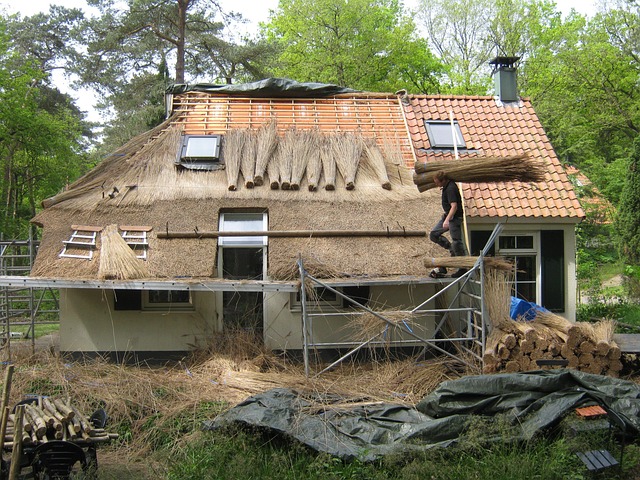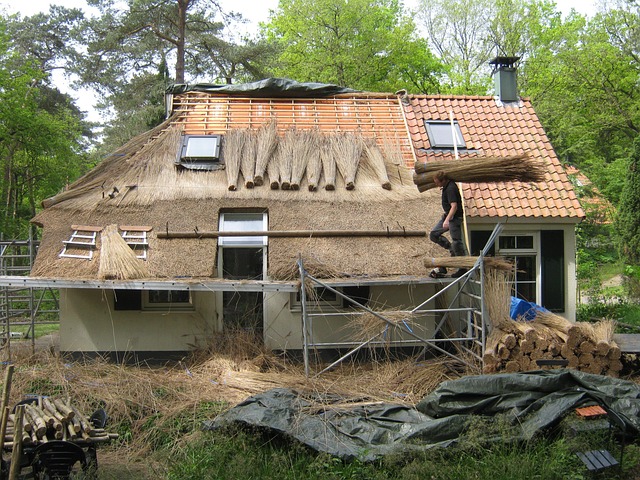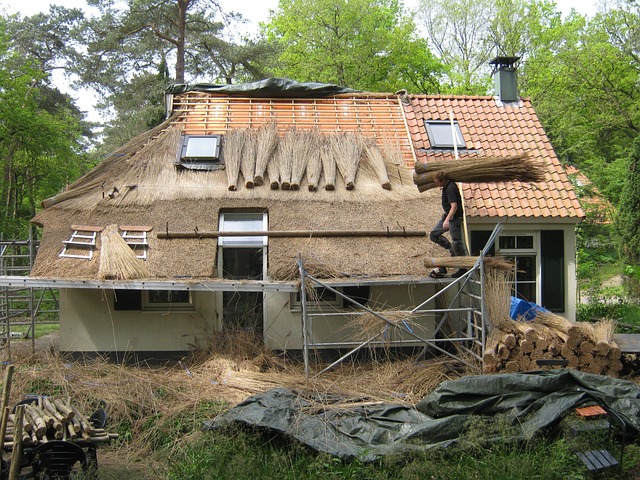Agriculture is more than food production; it's an engine for rural economies. Strong agricultural sectors attract investments, create jobs, and improve quality of life, leading to increased demand in services, real estate, and infrastructure. Rural areas with fertile lands can leverage this potential to attract businesses in agtech, food processing, and sustainable farming, fostering economic growth and community empowerment through education, which enhances youth employability and encourages innovation. This symbiotic relationship between agriculture and real estate drives economic prosperity and attracts residents and investors alike, transforming rural landscapes into vibrant communities.
Agriculture is more than just a way of life; it’s a powerful driver of local economies, especially in rural areas. This article explores three key aspects: the intrinsic link between farming and community prosperity, the transformative role of education in empowering agricultural communities, and the rising significance of real estate investments in fostering sustainable agricultural growth. By understanding these connections, we can unlock the vast potential that lies at the intersection of agriculture and economic development.
The Link Between Agriculture and Local Economies: Unlocking the Potential of Rural Areas

Agriculture is more than just a means of food production; it serves as a powerful engine driving local economies, especially in rural areas. The connection between agriculture and local communities goes beyond immediate economic benefits. Strong agricultural sectors attract investments, stimulate job creation, and enhance the overall quality of life. This, in turn, drives up demand for local services, real estate, and infrastructure, fostering sustainable growth.
Rural landscapes, often characterized by fertile lands and diverse ecosystems, offer immense potential for agricultural innovation. By harnessing this potential, regions can attract businesses focused on agriculture technology, food processing, and sustainable farming practices. Such developments create a ripple effect, boosting the local economy and positioning these areas as desirable destinations for both residents and investors.
Education as a Catalyst: Empowering Communities Through Knowledge

Education acts as a powerful catalyst, fostering community empowerment and driving local economic growth, especially in regions heavily reliant on agriculture. By investing in educational initiatives, communities can equip their young people with valuable skills and knowledge, enhancing their employability and entrepreneurial prospects. This, in turn, encourages innovation within the agricultural sector, from sustainable farming practices to value-added processing, thereby diversifying and strengthening local economies.
In the context of real estate, this translates into a vibrant rural landscape where educated youth return or stay, contributing to the vibrancy and resilience of their communities. Educated individuals are more likely to seek out diverse career opportunities, whether in modern agriculture tech, agri-business management, or related fields, which can lead to the establishment of new enterprises and the attraction of external investments. This knowledge-driven approach not only revitalizes agricultural practices but also transforms local economies, ensuring a prosperous future for rural communities.
Real Estate and Agricultural Growth: Investing in the Future of Farming Communities

In many regions, the intertwined relationship between real estate and agricultural growth is a powerful driver of local economies. As farming communities experience demand for sustainable food production, there’s a corresponding surge in interest for farmland. This trend presents significant opportunities for both farmers looking to expand their operations and real estate investors aiming to capitalize on the rising values. Investing in farmland not only ensures the future of farming but also contributes to the economic vitality of nearby towns and cities.
The synergy between these two sectors is evident as agricultural success breeds population growth, leading to increased demand for housing and commercial spaces. This, in turn, drives up real estate values, creating a positive feedback loop that benefits local businesses and infrastructure. As such, strategic investments in farmland can be seen as long-term investments in the future of farming communities, fostering both environmental sustainability and economic prosperity.






